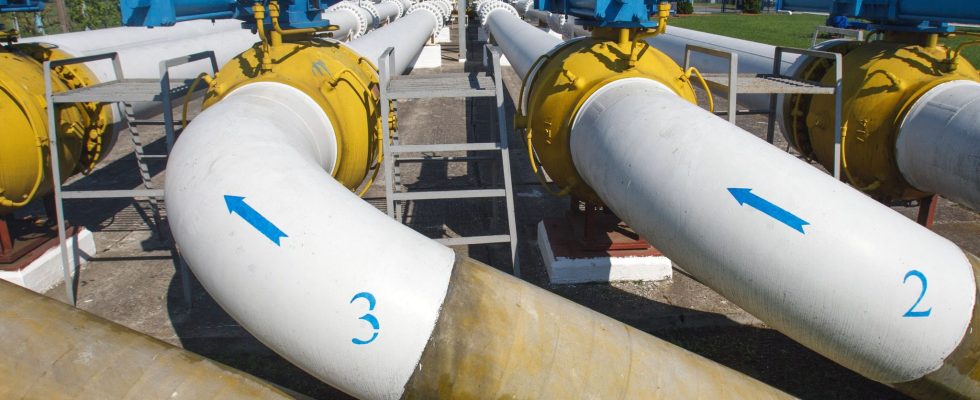Will Europe store more gas in Ukraine in the future, despite the war? Little by little, the idea is gaining ground. At the end of February, the Ukrainian giant Naftogaz announced that its subsidiary Ukrtransgaz would conduct a series of “stress tests”. The goal of the operation? Show that even in times of armed conflict, Ukraine remains capable of transporting and storing gas on behalf of other countries. “It may seem surprising because the fighting continues, but Ukraine intends to quickly ramp up gas storage,” confirms Sami Ramdani, professor-researcher in energy geopolitics at the Institute of International and Strategic Relations ( IRIS). Discussions are accelerating even with EU members.
And for good reason: it is becoming essential for Ukraine to accelerate its process of integration into the Union. Already considerably reduced, the transit of gas from Russia will come to an end at the end of the year. Ukraine will therefore have to find a new source to make its immense network profitable. At the same time, by making greater use of Ukrainian infrastructure, Europe could increase its storage capacities by 10%. Enough to get through the cold winters more easily. In 2023, several European players have already taken advantage of Ukrainian infrastructure, by storing 2.5 billion cubic meters of gas there. This year, Naftogaz is aiming for 4 billion.
“The big issue at the moment for kyiv is the reversal of the flow on the trans-Balkan gas pipeline, which starts from Russia, crosses Ukraine, and then goes south through Moldova, Romania, Bulgaria to end up in Turkey”, explains Sami Ramdani. It has been empty since the Russians launched the “Turkish stream” under the Black Sea. It is therefore available to circulate gas in the opposite direction, from South to North, from LNG terminals built in Turkey or Greece. Once stored in Ukraine, this gas would then be redistributed to all border countries.
An arbitration to be found
“This system would benefit everyone. Ukraine has very competitive storage rates. Furthermore, Europe would save money by bringing LNG in at a good price in the summer, when demand is rather low,” explains Sami Ramdani. Provided of course that the war does not compromise everything.
Ukraine has 30 billion cubic meters of storage capacity, mainly located in the west of the country. “The underground part made up of natural caverns seems relatively immune to air raids, but what about the pipelines? It will be necessary to find the right balance between physical protection, for example by burying the pipes, the military defense of these installations as well as the cost, and the duration of reconstruction in the event of an attack”, warns Georg Zachmann, researcher at the Bruegel Institute.
The European Commission does not want to speculate on the necessary infrastructure. But she confirms working with the Ukrainian authorities on a list of risk reduction measures. “These,” says a spokesperson, “should make it possible to make greater use of Ukrainian facilities in the coming months, thus contributing to the EU’s preparation for winter 2024.”
.
